The high feed prices farmers face today are
mainly due to the role protein crops have taken in feed rations. Scraps from the soya industry are a very important raw material. However, soy is not grown in our regions, which means that transport drives up the cost price. The increasing demand for soy by developing countries is causing an additional price increase. In the future, we expect additional price increases which may make alternatives more interesting.
Much research has already been done on protein crops and, in general, there always appear to be some drawbacks associated with them. Limited yield is one of them. As part of this, a mixed-crop trial has been constructed in which several protein crops have been combined with triticale. Protein crops are mainly leguminous crops. The advantage of these crops is that they apply nitrogen to the soil. This has a positive impact on soil structure and the succeeding crop.
In this study, winter peas and winter field beans were sown in combination with triticale. The advantage of this combination is that few plant protection products are needed because the triticale suppresses weeds. Several varieties of each crop were tested to check combination suitability. A disadvantage of protein crops is the risk of bird damage. This was combated by stretching red and white ribbons and proved to have a significant deterrent effect.
Cultivation went very well and yields were promising. The combinations with field beans proved to yield better than combinations with peas. This was mainly due to the early ripening of winter peas. Due to the difference in ripening eyesight, the peas were too early compared to the triticale. By delaying the harvest until the ripening of triticale, part of the harvest of winter peas had fallen to the ground making it unharvestable. The combinations with field beans did do very well. The mixed crop combinations with field beans achieved similar dry matter yields as the cereals on their own.
This exploratory study mainly focused on the cultivation aspect.
Follow-up research should reveal how the feeding aspects compare.












